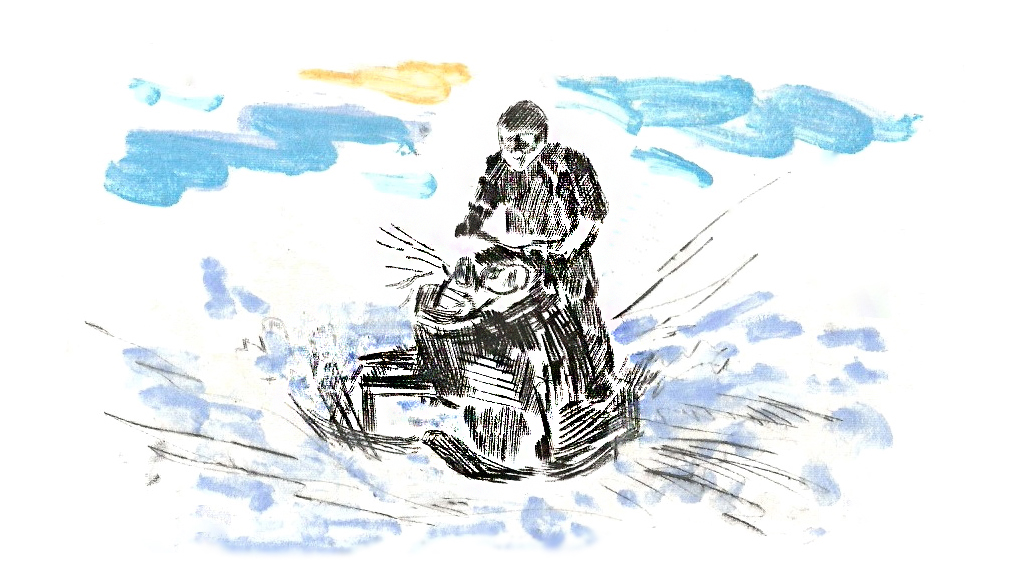RIT Engineers Compete in SAE Clean Snowmobile Challenge
by Claire Fleming | published Sep. 29th, 2015
Brilliant engineering minds at RIT are at it again. Along with RIT's extremely successful Baja and Formula 1 teams, our Clean Snowmobile Team is making its way to the forefront of automotive technology.
The RIT SAE (Society of Automotive Engineers) Clean Snowmobile Team takes a stock snowmobile and turns it into a snowmobile that is clean, quiet and fuel efficient all while using cutting edge technology. The SAE created the Clean Snowmobile Challenge to create these types of organizations in colleges that build vehicles with the newest technology. The RIT Clean Snowmobile Team is one of the competitors, and the SAE's guidelines for each team are to "develop a snowmobile that is acceptable for use in environmentally sensitive areas such as our National Parks or other pristine areas," and to create "a zero-emissions vehicle."
The competition has a number of events that each team participates in including testing "emissions, noise, fuel economy/endurance, acceleration, handling, static display, cold start and design," according to the SAE guidelines. The competition is not all numbers and aspects, though. One large and exciting aspect of the competition is a 100 mile race of the snowmobiles to show endurance, performance and how it feels to ride. Cody Schuster, the RIT team manager, rides these 100 miles to complete this task. There is also a subjective test where pro riders and beginning riders ride each snowmobile and rate how well each vehicle rides and feels to them. Not only does this competition inspire huge technological advances, but they have fun doing it as well.
"I really love the camaraderie," says Dylan Outtrim, a 4th year electrical engineering student on the team. "Everyone is trying to push the competition forward and move on to the next level."
In order to make it to the top, the team is currently working on a multitude of projects to make their snowmobile fast, clean and quiet, such as exhaust gas re-circulation (EGR) along with a dual coil continuous ignition system. EGR helps to reduce the significant air polluting effects of nitrogen oxide (NOx) emissions, and is top of the line technology. Even closer to the forefront of automotive technology is the dual coil continuous ignition system which lengthens spark duration, ultimately resulting in higher levels of EGR, which is extremely valuable when looking to reduce emissions. This technology is being developed in car companies all around the world, showing that RIT is on the front line of these new changes.
The brilliant ideas of the RIT Clean Snowmobile Team do come at a price. Currently, the team is trying to test the effects of the dual coil continuous ignition system but the only way to do that is with a $10,000 dynamometer, which they call a "dyno." The dynamometer is key for testing, calibrating and powering an engine, and RIT is the only team in the competition without one. The dynamometer is key to doing well in the competition. Outtrim, who has been on the team since its founding in fall of 2012, remarked, "It is pointless to go to the competition without a dyno."
In order to raise money for the dynamometer, the team has set up a USEED Crowdfunding Campaign. To help fund this initiative, supporters can donate their money at the RIT@USEED website.
With their advanced technology and brilliant set of minds, this could be RIT's year in the competition.
"If we can get the dynamometer, with the technology we have developed we have a very good chance to place, and possibly win," said Outtrim.
To learn more about Clean Snowmobile, or donate to their campaign check out their page at



